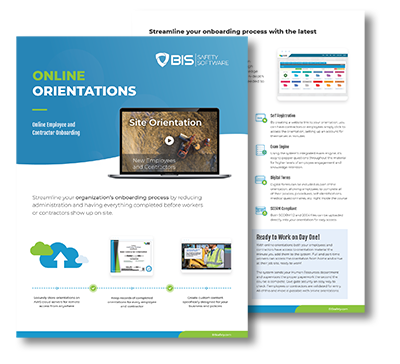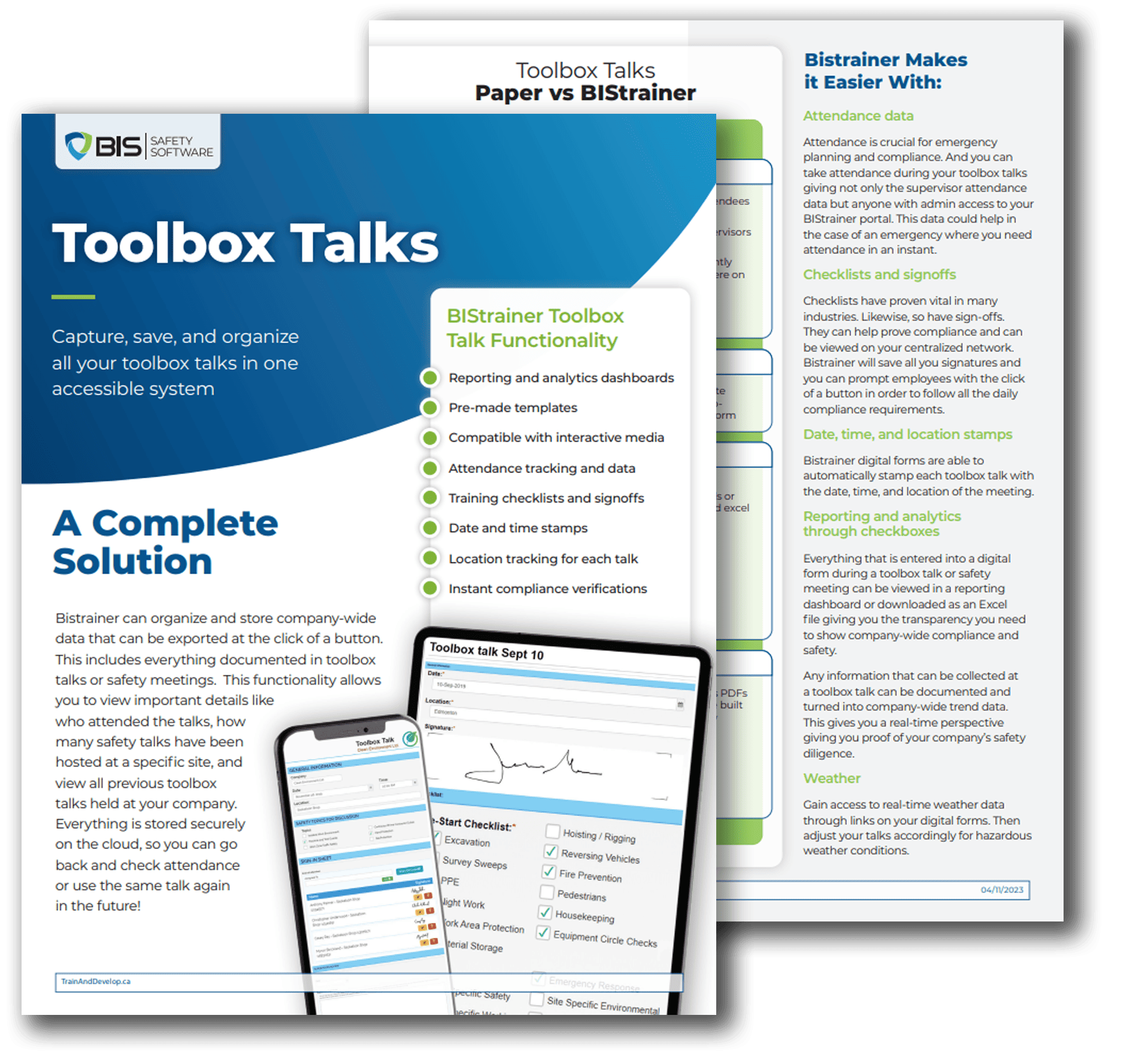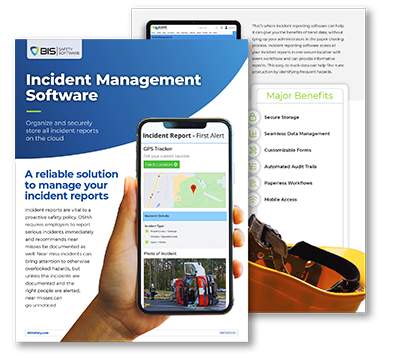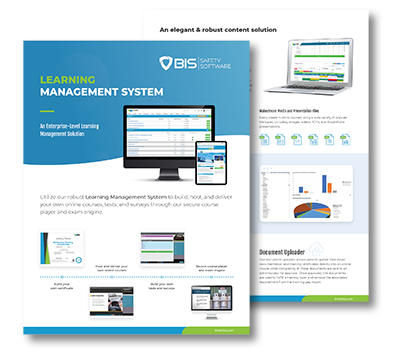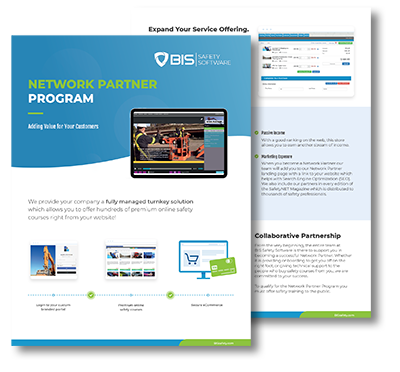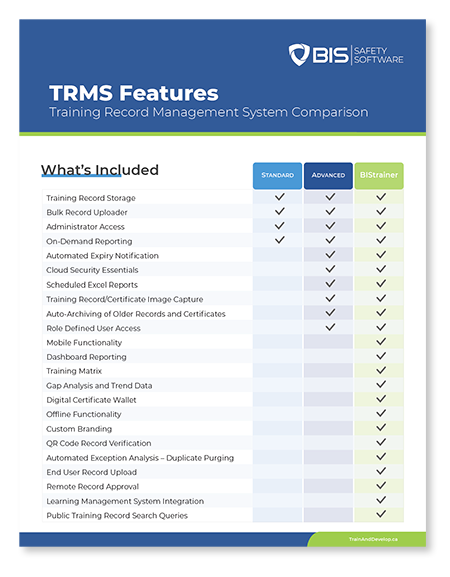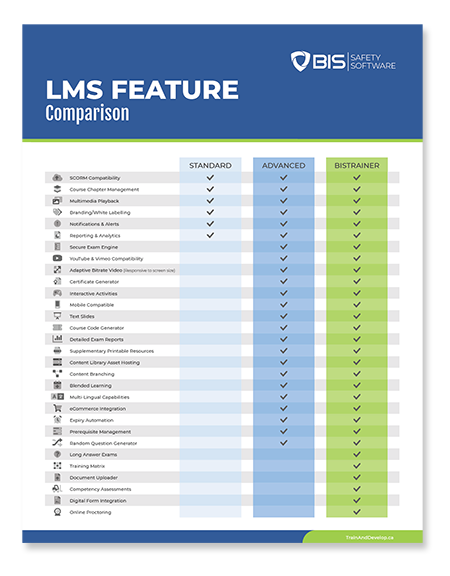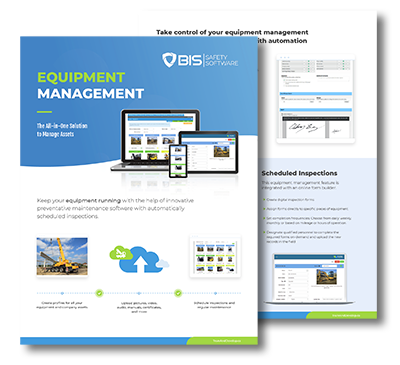Preventing Workplace Harassment Training - Employees
Preventing Workplace Harassment Training - Employees - Online Course
Protecting employees from physical harm is important, but wellness also includes psychological aspects. Respect is very important in workplaces, and harassment in all its forms can have a severe impact in organizations. When disrespectful behavior is left unattended, employees may decide to leave the company. This not only includes the direct victims of harassment but others who are offended by it.
Workplace harassment can also bring legal consequences and financial penalties to a company, even if the owners and executives were not involved directly. Depending on local regulations, harassment by customers and providers can also lead to legal action against a company.
This online course focuses on Preventing Workplace Harassment for Employees and can help your company create a respectful work environment. All employees deserve to be respected, and this program can help you create the right environment.
What Is Workplace Harassment?
Workplace harassment can be defined as any comments or actions that create an uncomfortable work environment, due to their offensive or intimidating nature. Harassment can target an individual or a group, and it can affect other employees even when not targeted directly. The following are some of the main types of workplace harassment:
- Discrimination
- Bullying, which now includes cyberbullying through email or social media
- Workplace violence, including retaliation
- Abuse of power
- Psychological harassment
- Sexual harassment
Workplace harassment is more common than we think, and it often remains undetected. In a PwC survey with over 25,000 women, 52% reported bullying and harassment at work. Also, a study by the UK Trades Union Congress found that 4 of every 5 victims of harassment do not report it. Organizations must also be aware that their workers can be affected by third-party harassment.
Workplace harassment can target differences in race, age, sexual orientation, gender identity, physical disability, religion, etc. Managers must also be aware that harassment is based on its effects, not the intent. For example, jokes that are considered harmless humor by one employee may be highly offensive or uncomfortable for others.
Recommendations to Deal with Workplace Harassment
Human resources departments should have a strict policy against harassment, and they should also seek legal counsel. To complement their policy, HR departments can introduce training programs for employees, including specialized training for managerial positions. Ideally, all collaborators should be capable of:
- Understanding the difference between acceptable and unacceptable behavior.
- Reporting inappropriate behavior whenever it is observed.
For employees who are the target of harassment, the best recommendation is staying calm and professional, while collecting evidence and getting witnesses. They can then ask their supervisor or the HR department for a meeting to report the issue.
The UK Equality and Human Rights Commission (EHRC) presents 7 key measures to deal with workplace harassment:
- Policy
- Staff engagement
- Risk assessment and mitigation
- Reporting systems
- Training
- Knowing how to address complaints
- Knowing how to address sexual harassment and third-party harassment
In a similar fashion, the US Equal Employment Opportunity Commission (EEOC) establishes five principles against harassment: leadership, accountability, written policy, complaint systems and training programs.

Course Topics
This online course on Preventing Workplace Harassment for Employees is divided into the topics below:
- Laws that prohibit workplace harassment, and their consequences.
- Legally protected classes.
- Basic elements of a solid anti-harassment policy.
- Definitions and examples of the types of harassment: discrimination, sexual harassment, bullying, etc.
- What is “quid pro quo”? What is a hostile work environment?
- What to do when you experience or witness workplace harassment.
Duration
Average Completion Time
Completion times vary depending on the number of times the information is viewed prior to finishing the course. The average completion time is 45 minutes.

Testing
Knowledge Assessment
Testing is conducted in this online course to reinforce the information presented. You are provided three opportunities to achieve a passing mark of 80% or greater.

Certificate
Certificate of Completion
Upon successful completion of this course, a certificate will be available to download and print. You can access your certificate through your online account.
























